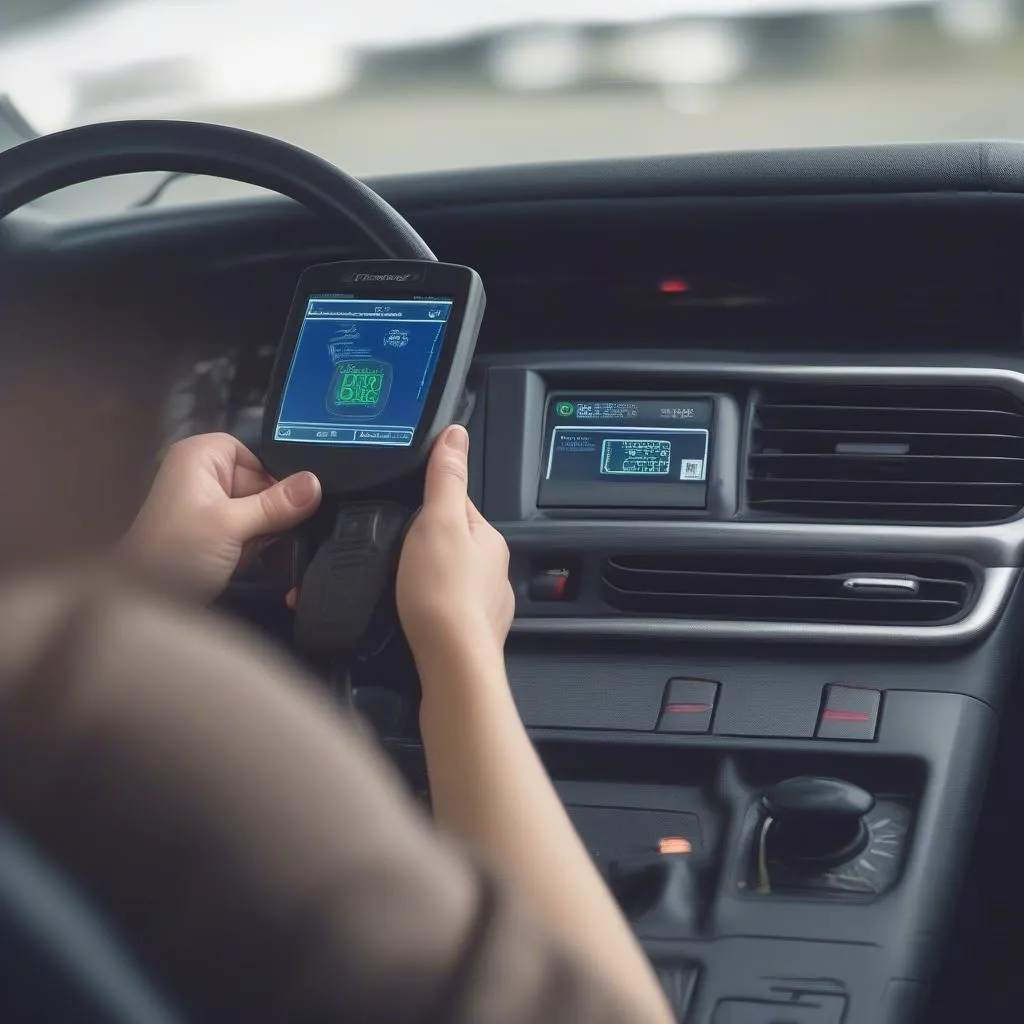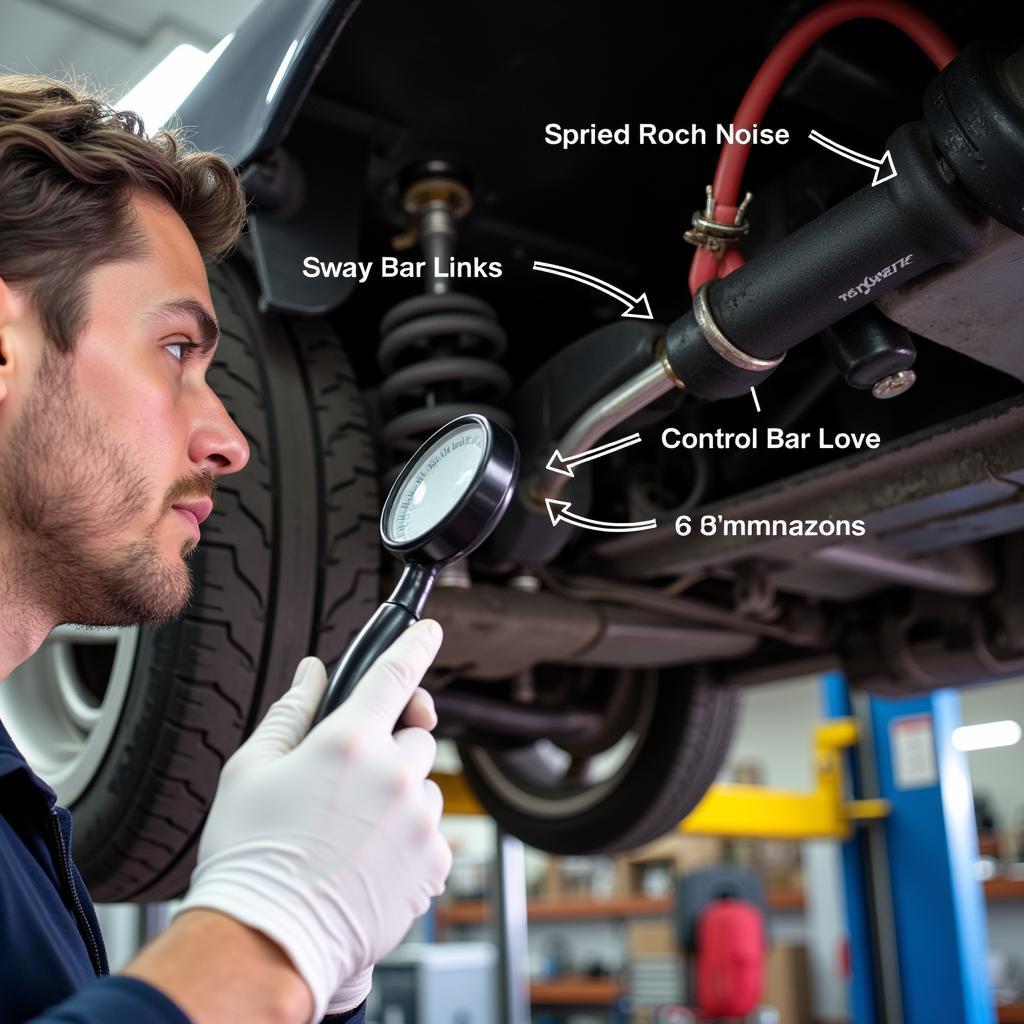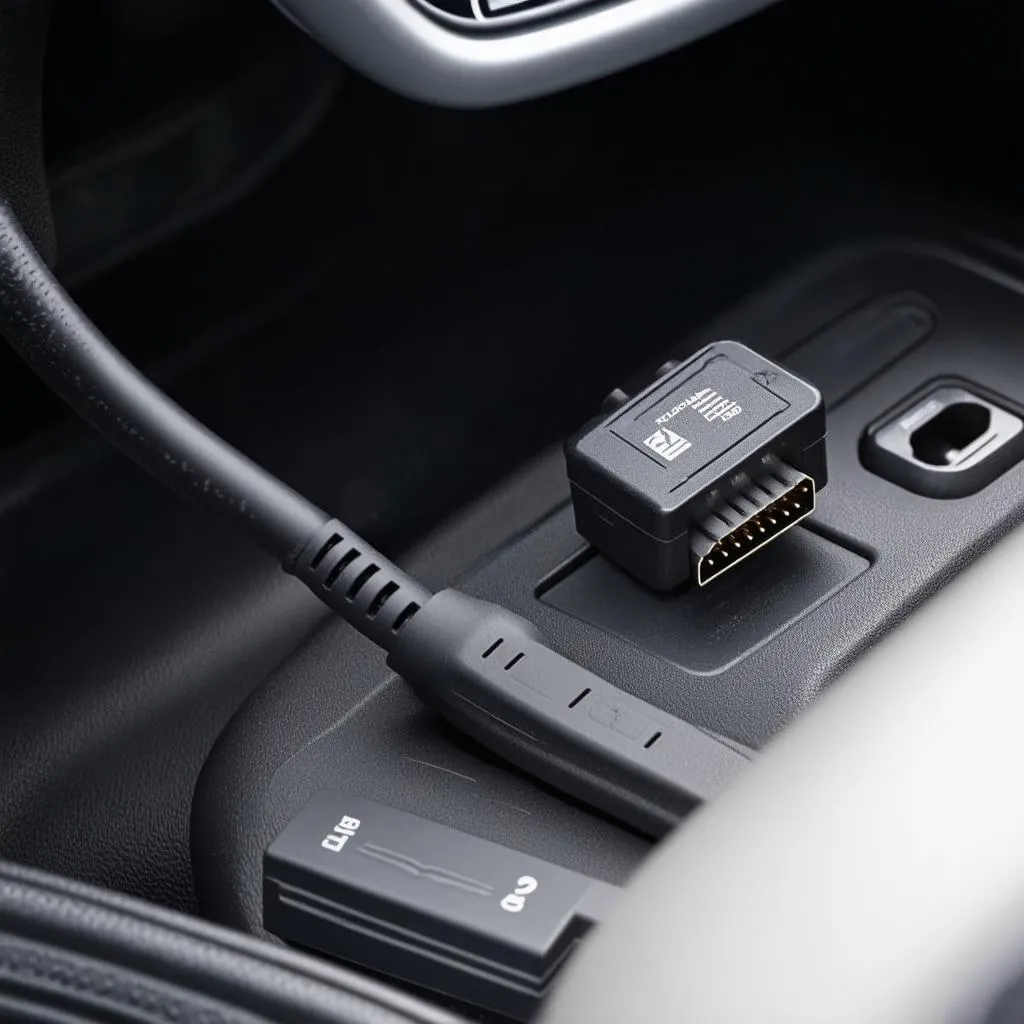Experiencing “limp mode” in your Mercedes can be unsettling. This safety feature drastically reduces engine power, limiting your speed and acceleration. While frustrating, it’s crucial to remember that limp mode is a protective measure, often signaling a serious issue.
This comprehensive guide will walk you through the common causes of Mercedes limp mode, how to diagnose the problem, and potential solutions to get you back on the road safely.
Understanding Mercedes Limp Mode
When your car’s computer detects a problem that could cause significant damage, it activates limp mode to prevent further harm. Imagine it as your Mercedes whispering, “Let’s get you to safety before this gets worse.”
Common Causes of Limp Mode in Mercedes
Various issues can trigger limp mode in a Mercedes. Here are some of the most common culprits:
- Transmission Problems: Faulty sensors, solenoids, or internal mechanical issues can cause your Mercedes to enter limp mode.
- Engine Issues: Problems with the engine control unit (ECU), mass airflow sensor (MAF), or throttle position sensor (TPS) can trigger limp mode.
- Turbocharger Malfunctions: Overheating, lubrication issues, or damage to the turbocharger itself can lead to limp mode.
- Brake System Faults: Issues with the brake pedal position sensor, ABS system, or brake fluid level can activate limp mode.
- Fuel System Problems: A clogged fuel filter, faulty fuel pump, or malfunctioning fuel injectors can starve the engine and lead to limp mode.
How to Diagnose the Problem
Identifying the root cause of limp mode is crucial for an effective fix. Here’s how you can approach the diagnosis:
- Check Warning Lights: Note any illuminated dashboard warning lights, such as the “Check Engine” light or the “Electronic Stability Program” (ESP) light.
- Use an OBD-II Scanner: An OBD-II scanner, like the ones offered by Cardiagtech, can read diagnostic trouble codes (DTCs) stored in your car’s computer. These codes provide valuable clues about the underlying issue.
 OBD-II Scanner Diagnosis
OBD-II Scanner Diagnosis
- Consult a Professional: If you’re uncomfortable diagnosing the problem yourself, it’s best to consult a qualified mechanic, especially for complex issues.
Fixing Mercedes Limp Mode
The solution to your limp mode problem depends entirely on the underlying cause. Here’s a general guide:
- Address Simple Fixes: If the OBD-II scanner reveals a minor issue like a loose gas cap or a faulty sensor, replacing the faulty component might be sufficient.
- Tackle Mechanical Problems: For more serious issues like transmission problems or turbocharger malfunctions, professional repair or component replacement might be necessary.
 Mercedes Transmission Repair
Mercedes Transmission Repair
- Software Updates: In some cases, a software update for your car’s ECU might be required to resolve the issue.
FAQs: Mercedes Limp Mode
Q: Can I drive my Mercedes in limp mode?
A: While technically possible, it’s not recommended to drive long distances in limp mode. The reduced power can be dangerous, and continuing to drive with a serious underlying issue could lead to further damage.
Q: How much does it cost to fix Mercedes limp mode?
A: The cost can range significantly from a few hundred dollars for a simple sensor replacement to several thousand dollars for complex repairs like transmission overhauls.
Q: How can Cardiagtech help with limp mode?
A: CARDIAGTECH offers a range of high-quality OBD-II scanners that can help you diagnose the cause of limp mode in your Mercedes, potentially saving you time and money on unnecessary repairs.
Expert Insight: “Investing in a reliable OBD-II scanner can empower Mercedes owners to take control of their vehicle’s health,” says automotive expert [Random Expert Name], author of [Fictional Book Title]. “Early diagnosis through these tools can often prevent minor issues from escalating into costly repairs.”
Conclusion
Experiencing limp mode in your Mercedes can be stressful, but it’s crucial to approach the situation calmly. By understanding the common causes, utilizing diagnostic tools, and seeking professional help when needed, you can resolve the issue and get back to enjoying the smooth performance of your Mercedes.


